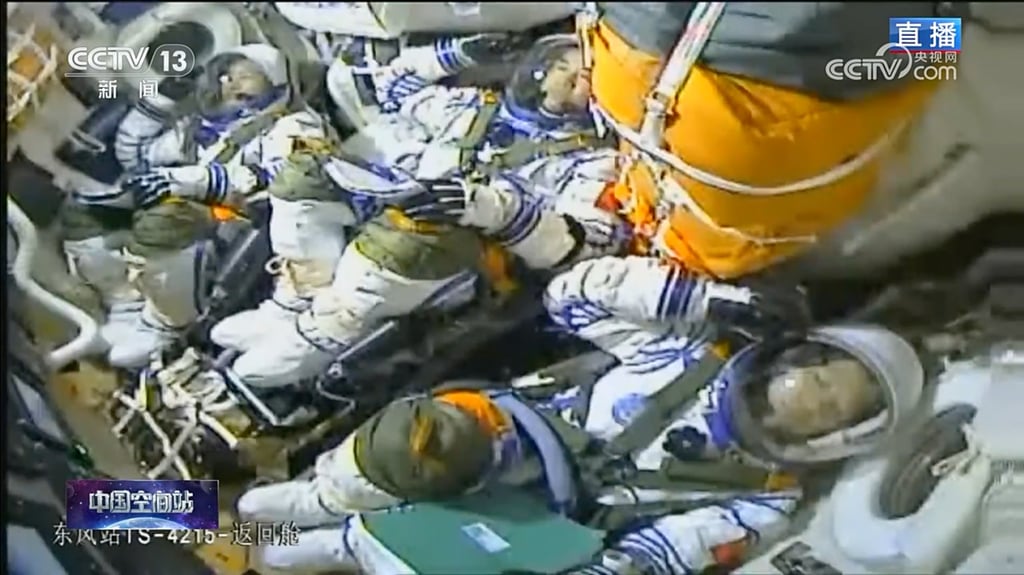Advertisement
The Shenzhou-20 spacecraft lifted off atop a Long March 2F rocket from the Jiuquan Satellite Launch Centre in northwestern China at 5.17pm local time on Thursday, according to the China Manned Space Agency (CMSA).
During their mission, the crew will conduct science experiments that include preparing high-temperature superconducting materials in space, and regeneration in planarians – a type of flatworm capable of regenerating its organs – which could lead to insights on solving human health problems in space, such as injuries.
The research is expected to yield advances in the cultivation of biochips for vascularised brain organoids, which are lab-grown miniature models of the brain integrated with microfluidic chips, which can be used for in-depth study of the brain.

The Shenzhou-20 crew will also conduct extravehicular activities to deploy and retrieve payloads, handle cargo and install devices to protect the station from space debris, Lin Xiqiang, CMSA deputy director, said on Wednesday.
Advertisement


